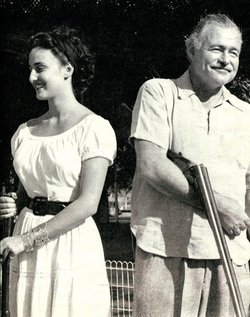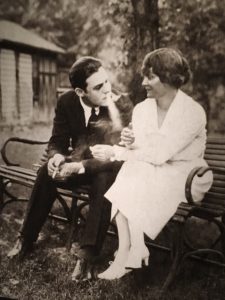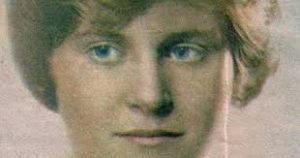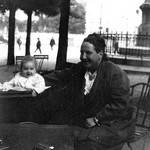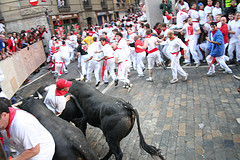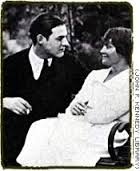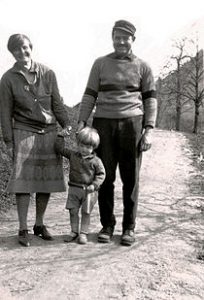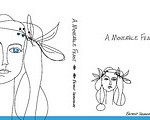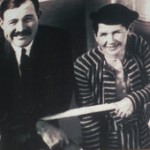This is an update from a post i wrote a few years ago. I thought since i dealt with the wives recently, I’d give Adriana her place. Thank you all readers. I appreciate it so much that you come here to learn more about Hem and to comment. I learn too from all of you. Best, Christine
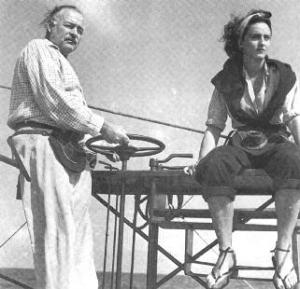

Hem was infatuated with Adriana. She seems to have been fond of him but did not return love. In fact, at times, it seems that his interest embarrassed her and she turned from it. It was an open secret that he modeled Renata in Across the River and into the Woods after Adriana.
Hem and Adriana met when she was an ingénue of nineteen and he an icon of forty-nine. She was lovely in an old world Venetian way, not a modern girl look. From an aristocratic family in Italy that was no longer wealthy, Adriana met Hem through her brother who hooked up with Hem at a bar and they struck up a friendship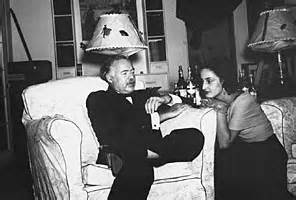

As is to be expected, Mary came to resent Renata. She and her mother visited them in Cuba and stayed quite a number of months. Mary first tried to be motherly and charming until she saw that Hem’s interest was more than casual. He became abusive to her, as if wanting her to leave. Mary however was made of stronger stuff. She liked being Mrs. Ernest Hemingway but not just for the reflected glory. She loved him. She loved him and their life. She made clear that she wasn’t leaving and he needed to deal with this girl
Hem is reported to have told more than one person that he was too old to divorce again and it would cost him too much. Adriana had no interest in marrying Hem but she seemed to like the attention and adoration. In 1980, some nineteen years after Hem’s suicide, Adriana wrote a book called The White Tower ostensibly to tell her story of the relationship. She said,

“I let the scandal freeze into oblivion and my sons grow up but I owe this book to Papa. This was a responsibility I had to face. I am the missing link in his life.” With all due respect to Adriana, I don’t think she was the missing link in his life. It’s a bit grandiose to think so.
The book did hit the best seller list in Italy with the omnipresent photo of Adriana leaning into Hem’s chest shyly. At the age of fifty, she claimed,
“What happened when we met is a little more than a romance. I broke down his defenses; he even stopped drinking when I asked him to. I’m proud to remember I led him to write The Old Man and the Sea.”
Across the River has long been considered Hemingway’s worst novel. “Yes, naturally he wrote it for me, thinking of me, but I didn’t like the book and I told him so,” Adriana says. “I always criticized him when I felt something was wrong, and he changed, and something in me changed too. I shall never stop being grateful to Papa for that.”

Adriana committed suicide in 1983. Are you seeing a theme here?
